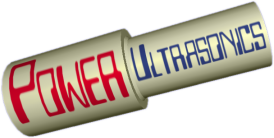Hello Chris
I’m a Ms.C student and my Thesis is about Ultrasonic drilling.
Right now I want to make a stepped horn (Sonotrode). In the papers and
books which I have read up to now, they all say that the length of the
horn must be half of the wave length and step must be at middle of horn
(wave length/4 ) , I know there is also a correction coefficient that u must multiply with this length for calculating the exact dimension of the horn, and if the diameter of the horn in regard to the length of the wave is small we can forget this coefficient and put the step exactly at wave length/4. My teacher insists that I must simulate acoustic head with Ansys software and after that I must design horn related to Ansys results. I'm working on Ansys since 1 month ago. I must spend at least another month to simulate all acoustic head and horn. Then regarding to the results I can find out what must be the exact horn dimensions.
I wanted to know your opinion about this matter, Is it worth spending a
lot of time on simulation program to obtain horn dimension? You think
there will be so much difference between software results and the simple method? (Length wave/4)
I have another question!! I was thinking that if the drill tip contacts
the part, part and fixture will be joined to system and we will loose a
lot of power and …. I'm not sure that I'm right about this matter, but I'm sure that there must be an optimum position for drill tip (I mean drill length) that at that length the system has little loss and works better.
Are you familiar with this matter??
Best regards
Bahman
